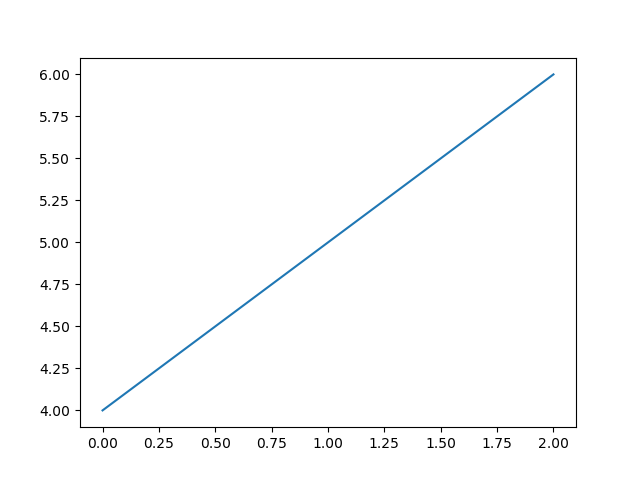
If you want to cite this project, use this doi:10.5281/zenodo.19111.
@misc{john_kitchin_2015_19111,
author = {John R. Kitchin},
title = {pycse: First release},
month = jun,
year = 2015,
doi = {10.5281/zenodo.19111},
url = {http://dx.doi.org/10.5281/zenodo.19111}
}This git repository hosts my notes on using python in scientific and engineering calculations. The aim is to collect examples that span the types of computation/calculations scientists and engineers typically do to demonstrate the utility of python as a computational platform in engineering education.
Most of the sections in the pycse.org file are posted at http://jkitchin.github.com. Feel free to leave comments there.
You may also like to visit the html version of the document at: http://jkitchin.github.com/pycse/pycse.html
You may want to install the python library with pycse:
pip install pycseFeeling brave? Try:
pip install git+git://github.com/jkitchin/pycseJohn Kitchin jkitchin@andrew.cmu.edu
If you use org-mode and regular python blocks consider this:
import pycse.orgmode as org
import matplotlib.pyplot as plt
data = [['x', 'y'], None, [1, 2], [2, 4]]
org.table(data, name='table-data', caption='Data from a python table')
print()
plt.plot([4, 5, 6])
org.figure(plt.savefig('images/a-figure.png'), name='fig:1', caption='A figure in org-mode')| x | y |
|---|---|
| 1 | 2 |
| 2 | 4 |
The orgmode module provides functions that generate org syntax for many org-elements. See for more details: pydoc:pycse.orgmode
These don’t work as well with ipython blocks. Ipython has a different org-integration setup in ob-ipython (an emacs library).
You can use Python to generate lisp. You might do that to generate code to be run in lisp, e.g.
from pycse.lisp import *
print([Symbol("setf"), Symbol("x"), Cons("a", 5)].lisp)
Or you might want to use the results from a Python command in lisp like this:
(run-python)
(mapcar (lambda (x) (* 2 x))
(read (python-shell-send-string-no-output
"from pycse.lisp import *
import numpy as np
a = np.array([0, 1, 2, 3]) * 2
print(a.lisp)")))Float comparisons are tricky because they are not exact. Pycse provides these comparison functions which use a tolerance in the comparison:
| feq | == |
| flt | < |
| fgt | > |
| fle | <= |
| fge | >= |
